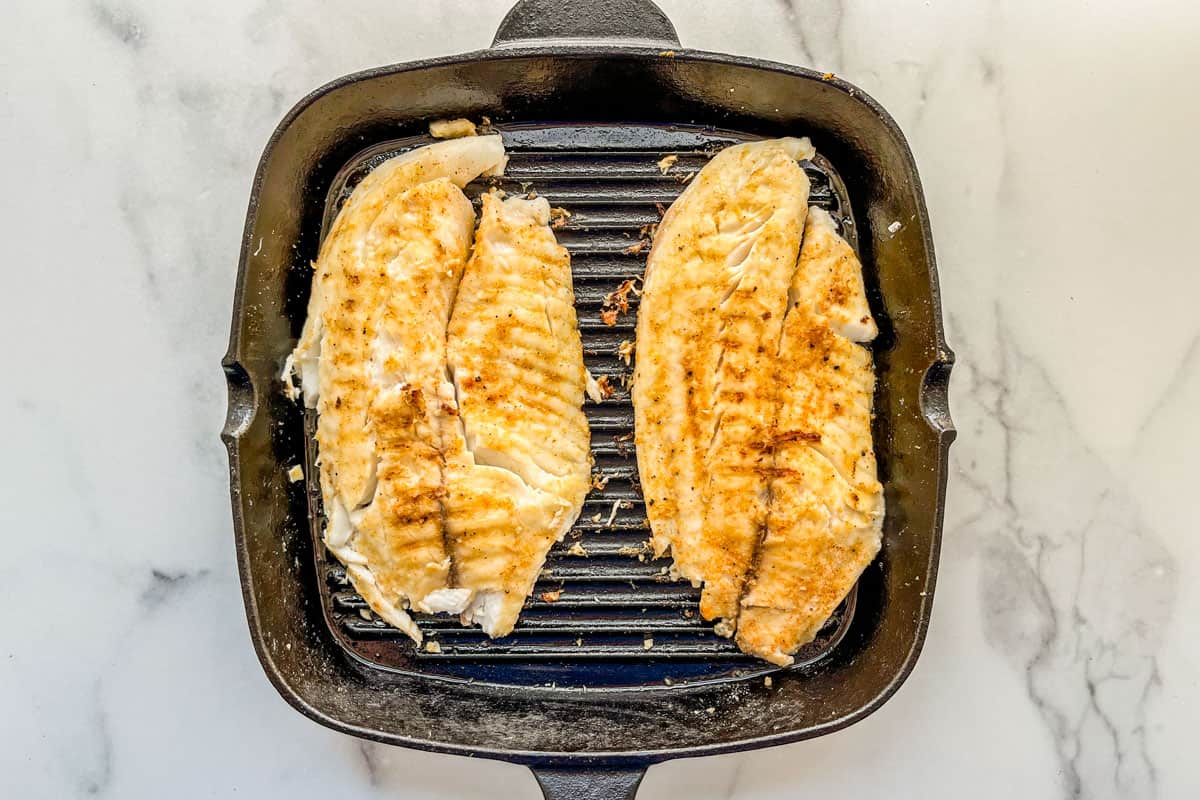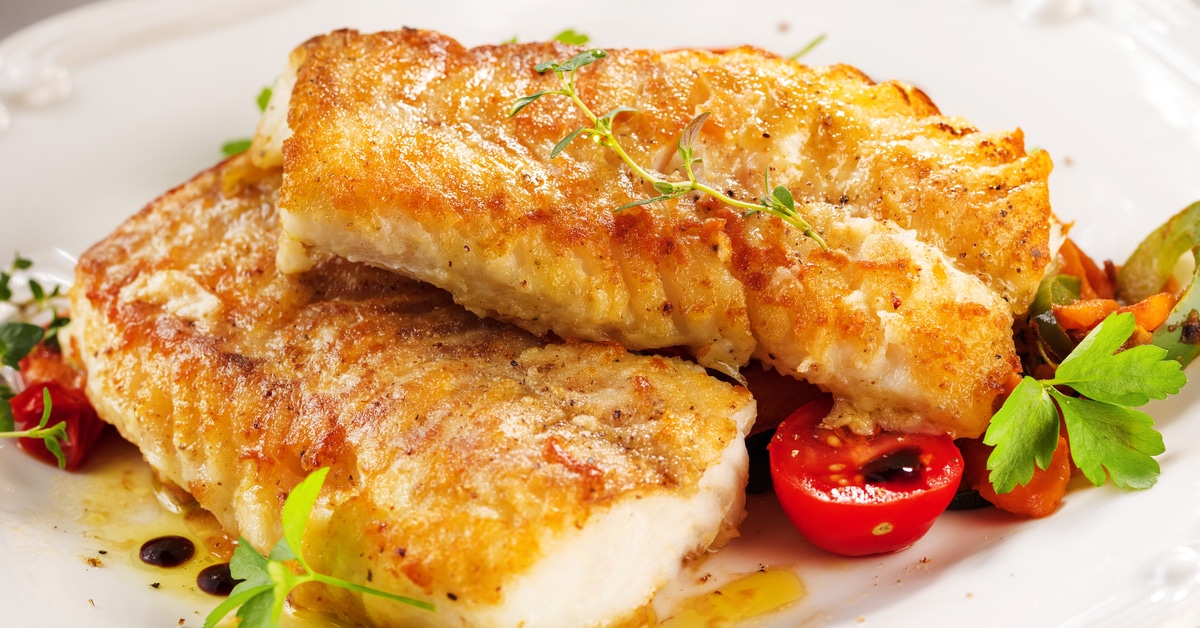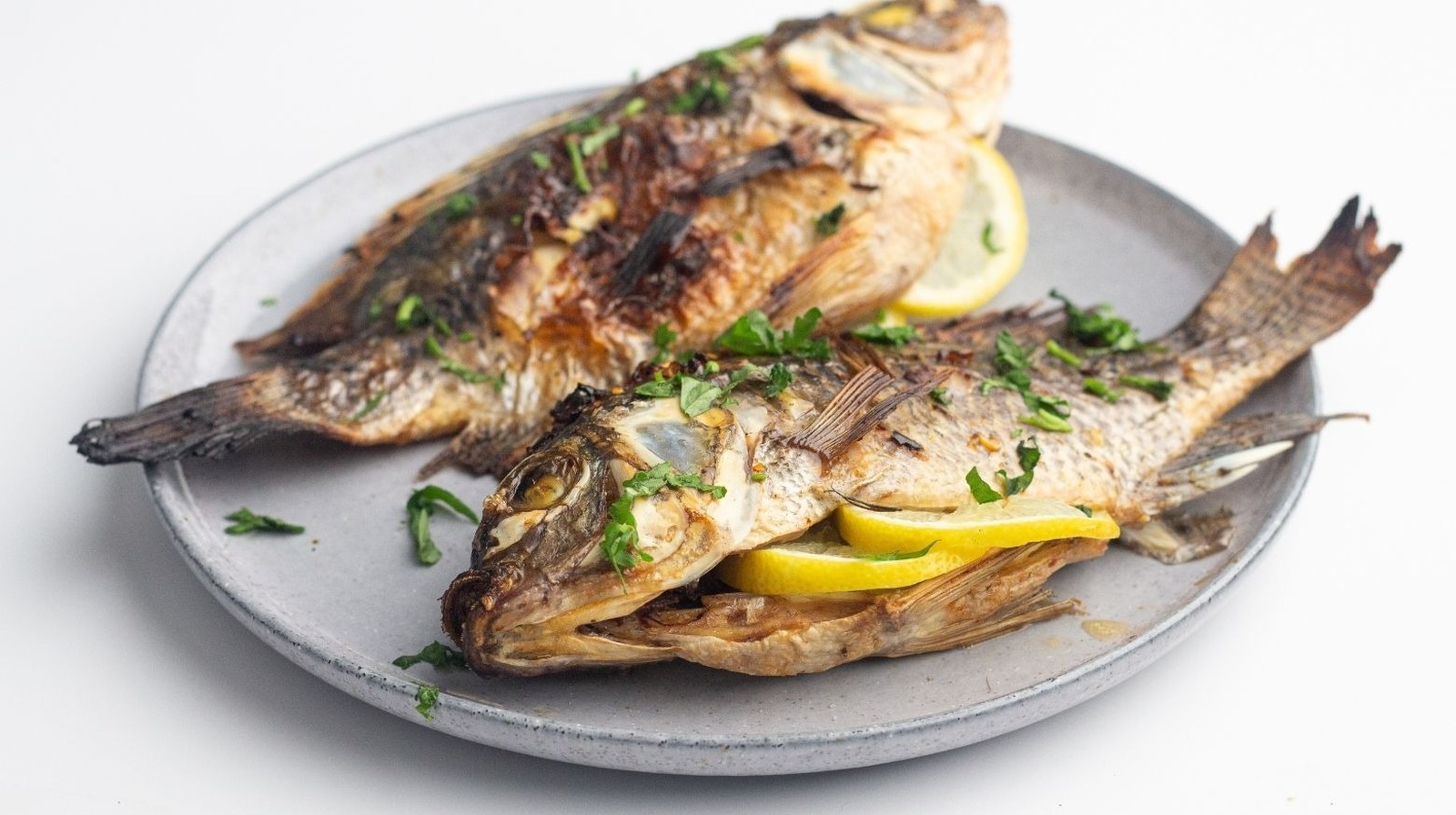Cooking Tilapia on the Stove: A Quick and Flavorful Option
I. Introduction to Cooking Tilapia on the Stove
A. Overview of Stove Cooking Method for Tilapia
Cooking tilapia on the stove is a quick and convenient method that allows for easy preparation and a delicious meal. Stovetop cooking provides control over the cooking process, ensuring the tilapia is cooked to perfection.
B. Embracing the Quick and Convenient Nature of Stovetop Cooking
Stovetop cooking is a popular method for cooking tilapia due to its quick cooking time and convenience. It allows for efficient meal preparation, making it an ideal option for busy individuals or those who prefer a fast and easy cooking method.
C. Exploring the Benefits of Cooking Tilapia on the Stove
Cooking tilapia on the stove offers several benefits. It allows for precise control over the cooking process, resulting in tender and flaky fish. Stovetop cooking also offers versatility, as tilapia can be cooked using various techniques and flavors to suit personal preferences.
II. Preparing Tilapia for Stovetop Cooking
A. Purchasing Fresh or Frozen Tilapia Fillets
- Selecting High-Quality Tilapia Fillets
When purchasing tilapia fillets, select high-quality fillets to ensure the best taste and texture. Look for fillets that are firm, moist, and free from discoloration or strong odors.
- Evaluating Freshness and Quality Indicators
Fresh tilapia fillets should have a mild, fresh sea odor and appear moist and shiny. Avoid fillets that appear dull, dry, or have a strong fishy smell.
B. Preparing Tilapia Fillets for Cooking

- Thawing Frozen Tilapia Fillets Properly
If using frozen tilapia fillets, thaw them properly before cooking. Thaw the fillets in the refrigerator overnight or use the defrost setting on a microwave if time is limited. Ensure the fillets are fully thawed to ensure even cooking.
- Seasoning and Marinating Tilapia for Enhanced Flavor
Season the tilapia fillets with your choice of herbs, spices, or marinades to enhance their flavor. Allow the fillets to marinate for at least 30 minutes to infuse them with additional flavors.
III. Choosing the Right Cooking Method on the Stove
A. Pan-Frying Tilapia
- Preparing the Pan and Heating the Oil
To pan-fry tilapia, heat a non-stick skillet over medium heat. Add a small amount of oil, such as olive oil or vegetable oil, and allow it to heat until shimmering.
- Cooking Tilapia Fillets in a Pan for Crispy Texture
Place the seasoned tilapia fillets in the hot pan, skin-side down if the skin is left on, and cook for about 3-4 minutes per side until the fillets are golden brown and crispy. Flip the fillets carefully using a spatula.
B. Sauteing Tilapia

- Using a Saute Pan for Quick and Even Cooking
For sauteing tilapia, use a saute pan with sloping sides. Heat the pan over medium-high heat and add a small amount of oil. Allow the oil to heat until shimmering.
- Sauteing Tilapia with Seasonings and Aromatics
Place the seasoned tilapia fillets in the hot pan and cook for about 3-4 minutes per side until the fillets are opaque and easily flake with a fork. Flip the fillets carefully using a spatula.
IV. Cooking Time and Temperature for Tilapia on the Stove

A. Pan-Frying Time and Heat Settings
- Determining Cooking Time Based on Fillet Thickness
The cooking time for pan-frying tilapia depends on the thickness of the fillets. As a general guideline, cook the fillets for about 3-4 minutes per side for every 1/2 inch of thickness.
- Adjusting Heat Settings for Proper Browning
Start cooking the fillets over medium heat to ensure even browning. Adjust the heat as needed to avoid burning the fillets while achieving a crispy and golden exterior.
B. Sauteing Time and Heat Settings
- Cooking Tilapia in a Saute Pan for Even Doneness
Saute tilapia fillets for about 3-4 minutes per side or until they are opaque and easily flake with a fork. Adjust the cooking time as needed based on the thickness of the fillets to ensure even doneness.
- Controlling Heat for Tender and Flaky Results
Start sauteing the fillets over medium-high heat to ensure quick cooking and a tender texture. Adjust the heat as needed to avoid overcooking the fillets while maintaining a flaky and moist interior.
V. Checking Doneness and Avoiding Overcooking
A. Visual Indicators of Cooked Tilapia
- Assessing Firmness and Opacity of Tilapia Fillets
Cooked tilapia fillets should be firm and opaque throughout. They should no longer appear translucent or raw in the center. Use a fork to gently press on the fillets to ensure firmness.
- Checking for Easy Flakeability with a Fork
Tilapia fillets are cooked when they easily flake apart with a fork. Insert the fork into the thickest part of the fillet and gently twist. If the flesh flakes apart easily, the tilapia is cooked and ready to be served.
B. Monitoring Internal Temperature

- Using a Food Thermometer for Accurate Readings
For precise doneness, use a food thermometer to check the internal temperature of the thickest part of the tilapia fillets. Tilapia is fully cooked when it reaches an internal temperature of 145°F (63°C).
- Recommended Internal Temperature for Cooked Tilapia
The United States Department of Agriculture (USDA) recommends cooking fish, including tilapia, to an internal temperature of 145°F (63°C) to ensure it is safe to eat.
VI. Serving Suggestions and Flavor Enhancements
A. Garnishing and Pairing Options
- Adding Fresh Herbs and Citrus Zest as Garnish
Garnish cooked tilapia with fresh herbs such as parsley, cilantro, or dill to add a burst of freshness. Sprinkle some citrus zest, such as lemon or lime, to brighten the flavors.
- Pairing Tilapia with Complementary Ingredients
Serve tilapia with complementary ingredients like roasted vegetables, steamed rice, or a fresh salad. Pair it with a flavorful sauce like lemon butter, mango salsa, or tartar sauce for added taste variation.
B. Incorporating Sauces or Sides for Taste Variation
- Experimenting with Different Sauces for Tilapia
Experiment with different sauces to enhance the flavor of tilapia. Try options like garlic butter, teriyaki, or creamy dill sauce. Drizzle the sauce over the cooked tilapia fillets or serve it on the side for dipping.
- Suggested Side Dishes to Complement Tilapia
Complement tilapia with side dishes like roasted potatoes, quinoa, or grilled vegetables. These options add variety and provide a well-balanced meal to accompany the tilapia.
Cooking tilapia on the stove is a quick and delicious option for enjoying this versatile fish fillet. Whether by pan-frying or sauteing, the stovetop cooking method allows for crispy exteriors and tender interiors. With proper cooking time and temperature control, you can achieve perfectly cooked tilapia that is moist and flavorful. Pair it with your favorite garnishes, sauces, and sides for a complete and satisfying meal. Enjoy the convenience and taste of stovetop-cooked tilapia today.
